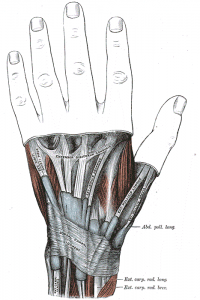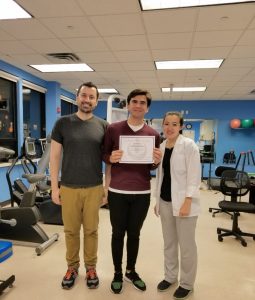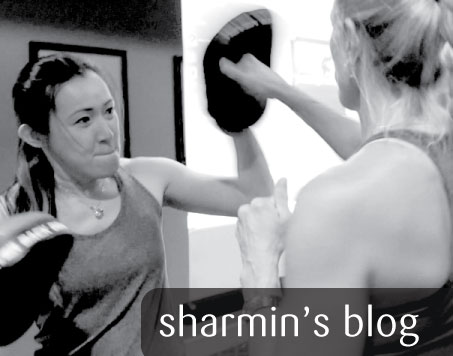Unsurprisingly, one of the most common fears is iatrophobia, and it entails the fear of doctors. Unfortunately, iatrophobia is one element that keeps people away from receiving treatment. To mitigate this fear, you should first understand the symptoms of your ailment. From here, we offer treatment, and this leads to today’s condition: De Quervain’s Tenosynovitis.
So, what is De Quervain’s Tenosynovitis? Also known as De Quervain’s disease or De Quervain’s Tendinosis, it’s a painful condition that affects the tendons in your wrist and lower thumb.
Through normal movements, tendons will naturally slide through a tunnel of tissue known as the tendon sheath. If the tendons swell, or if the sheath thickens, the tendons will rub against the narrow tunnel of tissue.
Now, as the tendons move through this tunnel, you’ll experience a painful sensation at the base of your thumb and forearm.
With this in mind, what’s the first crucial takeaway regarding this particular condition?
 Symptoms
Symptoms
- Painful sensation on the thumb side of wrist. Through usage of the hand, pain begins to worsen, and this involves twisting the wrist, gripping an object, or simply making a fist. You may experience this pain specifically in the wrist, but it can also travel to the forearm. Additionally, the pain can occur gradually, or it can arrive sharp and sudden.
- At the base of your thumb, tenderness and pain due to swelling.
- On the side of your wrist, discomfort due to swelling.
- Numbness on the index finger and back of thumb.
Now that we recognize the symptoms, can we pinpoint any common causes?
Through chronic overuse of the wrist, you’re more likely to irritate the tendons at the base of the thumb. For instance, gardening, lifting heavy shopping bags, playing certain sports, repetitively wringing anything in your hand, etc.
As we become cognizant of causes and symptoms, we should also keep in mind the second essential takeaway: risk factors.
Risk Factors
- Age – Higher risk for adults between 30-50 years old
- Gender – Much higher rate in women
- Repetitive usage of wrist and hand motions at work
- Previous wrist injury
- During and after pregnancy (hormonal changes during pregnancy as well as wrist and hand activity such as lifting your child)
- Arthritis
Again, to mitigate one’s fear, it’s best to recognize the symptoms and possible causes of an ailment. Because fear will not make the pain go away, understanding of the symptoms will motivate you to seek professional care.
Speaking of professional care, how will doctors determine a diagnosis? Through the Finkelstein test, the doctor will ask you to bend your thumb, and you’ll then place your thumb across your palm.
In this position, you’ll make a fist around your thumb. At this point, you’ll motion your fist according to the direction of your doctor. If pain radiates up the inside of the thumb, this likely indicates a positive result, thus De Quervain’s tenosynovitis.
Once you receive this diagnosis, then what? Well, that’s where I come in, but I want you to do a few things at home as well. For instance, you can apply ice to the affected area.
Also, consider consuming anti-inflammatory ingredients like lemon, celery, and garlic. In addition, please limit the repetitive motions of your hand and wrist. The latter will be challenging of course, but do your best.
Ultimately, my aim is to decrease inflammation, prevent reappearance of the condition, and maintain mobility. In addition to my customized treatment, I’ll provide exercises for your wrist, hand, and arm to strengthen your muscles.
Eventually, the exercises will help reduce the following: irritation, inflammation, and pain.
Over a period of four to six weeks, you may have to wear a splint such as “Thumb Spica” to limit thumb movement, if necessary, and this will be for 24-hours per day. However, for severe cases where non-surgical methods are unsuccessful, a surgeon will recommend surgery to relieve swelling and pain.
When treatment begins early, it’s possible to see improvements within four to six weeks. Therefore, once you become aware of the symptoms, please don’t postpone a doctor’s visit. Why? Whenever you delay treatment, this leads to an interruption in your normal daily activities.
At Occupational Therapy Concept, You’re Family. For a Free consultation, give me a call at (718) 285-0884 for further evaluation and customized help for De Quervain’s Tenosynovitis.



